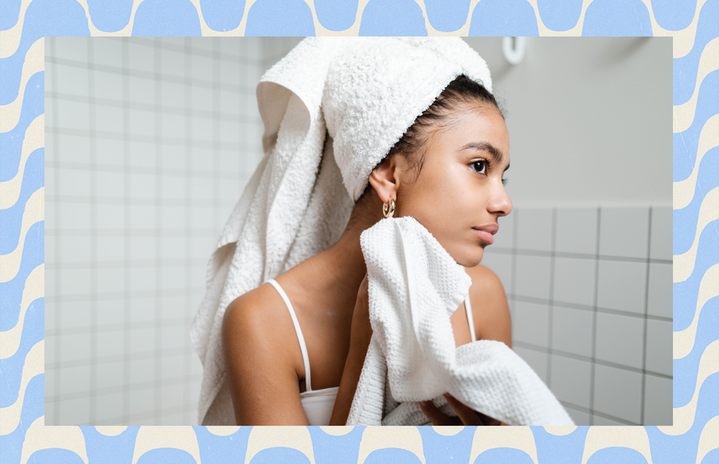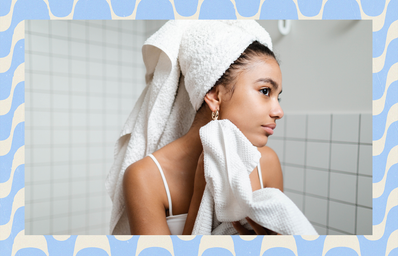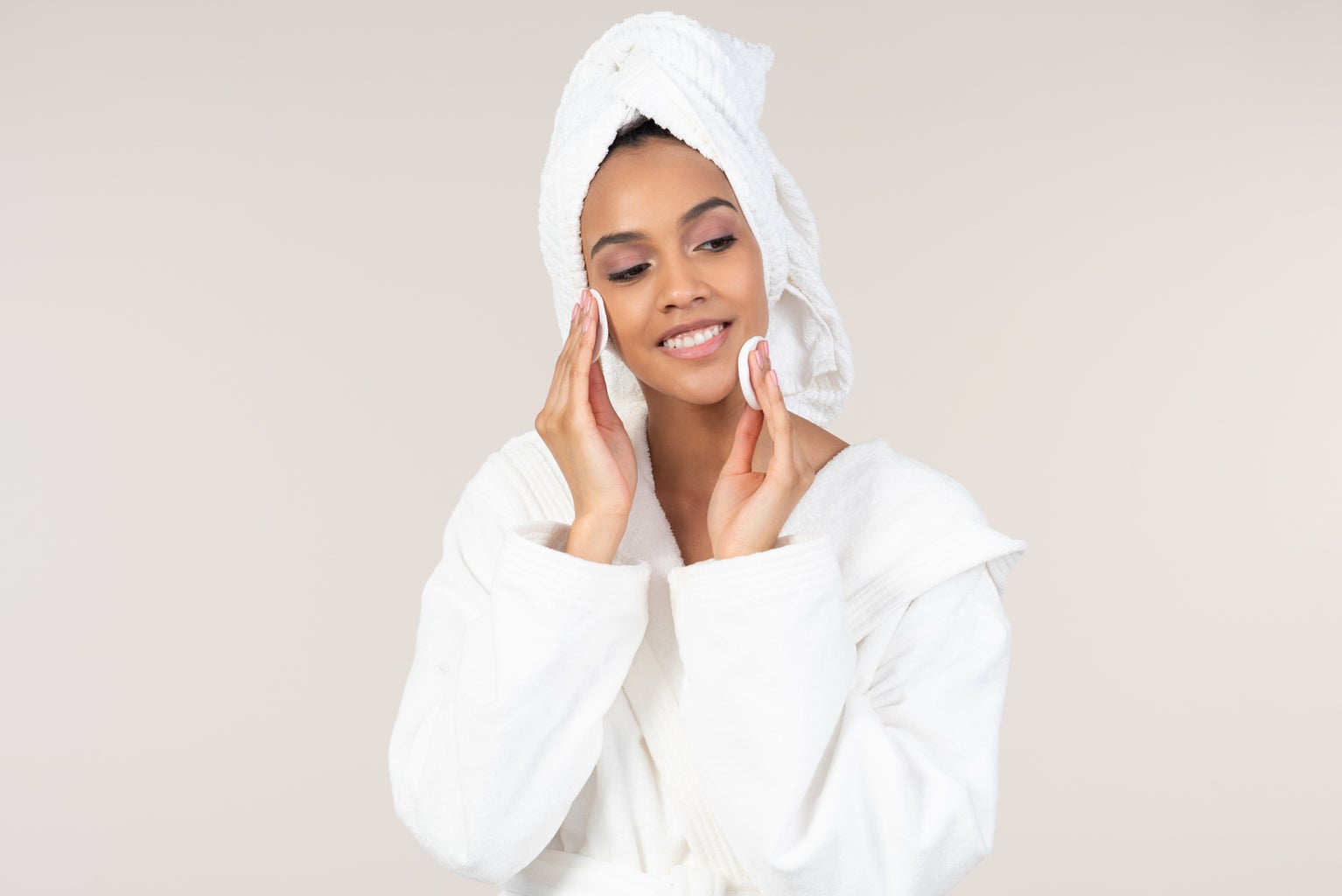Let me let you in on a little secret: I started dermaplaning this year and my skin has been doing a happy dance! This at-home treatment takes me no longer than ten minutes and if you’ve ever wondered what it means when people say “smooth as a baby’s bottom,” just touch my face and you’ll know.
You’re intrigued, I know, so let me introduce you to dermaplaning and show you how it works.
what is dermaplaning?
You might also know dermaplaning as “blading” or “deplaning.” Regardless of what you call it, it’s basically using a little blade on your face to remove facial hair and dead skin cells from the face.
Though to the naked eye dermaplaning might look no different than just shaving your face, it’s so much more than that.
Though it does work as an efficient way of removing facial hair, it is also a non-invasive exfoliation tactic that removes the top layers of your skin.”The procedure aims to remove fine wrinkles and deep acne scarring, as well as make the skin’s surface look smooth,” Healthline says.
If you’re wondering whether you should give it a try, Healthline says you are a good candidate for Dermaplaning if you are trying to combat acne scars, fine wrinkles, or dull/dry/sun-damaged skin.
How to do it from home?
While you can get dermaplaning done by a professional, I’m all about balling on a budget. If you want to save up to $200 and become your dermatologist, here’s what you need to know.
Talk about really balling on a budget, you only need one tool for dermaplaning: a dermaplaning razor. These are dirt cheap, and often come for less than five smackaroos for a pack of three. These blades are designed perfectly to get every nook and cranny and according to Glamour, “you’ll be getting more surface-level skin-cell removal, making it a lot safer to do on your own.”
Once you are supplied and ready for prep, it’s time to plan out your dermaplane day correctly. According to Byrdie, “You’ll want to avoid active ingredients for at least 2-3 days before dermaplaning (as well as 2-3 days after).”
When it comes to the actual task of dermaplaning, the traditional route involves a dry shave over the clean face.
With this being true, professionals have recommended using a skin oil as a lubricant. When talking about the pros to adding oil to your dermaplaning routine, Medium says, “You allow the blade to glide over the skin instead of scraping against it. You safeguard any potential irritation and discomfort.”
Personally, oil is a must for my dermaplaning. If you choose this route, make sure to pick out an oil that is natural, fragrance-free and non-comedogenic.
Once you are supplied with your razor and oil (optional), it’s time to start.
Use the hand that’s not holding your razor to pull your skin upward and “move downwards in short strokes with the razor at a 45-degree angle against the skin,” says Byrdie.
Start from your ear and make your way down. Before you know it, your skin will be dancing just like mine!
let’s not forget the aftercare
Once you’ve completed your dermaplane sesh, don’t think it’s over so soon! The aftercare is just as important as every other step to make sure your skin is protected and healthy.
Just like the pre-dermaplane, professionals from Byrdie recommend that you stay away from active ingredients on the face for two to three days after dermaplaning.
What should you be putting on your face?
A hydrating serum soon after, locked in with a moisturizer and SPF, says Byrdie.
Misconceptions about dermaplaning
It’s giving ghostbusters, but make it myth busters. To finish off, let me calm your nerves by letting you know the misconceptions that have come with the idea of dermaplaning paired with an answer that will allow you to breathe.
1. Dermaplaning causes hair to grow back darker
Wrong! It’s genetically impossible. When you dermaplane, you are working with your fine hair rather than vellus hair. Stacked Skincare says “This hair is so thin and soft that removing it with a dermaplaning tool will have little to no impact on its appearance when it grows back.”
2. Dermaplaning isn’t for darker skin
As a fellow black Barbie, let me act as exhibit A. This one is also wrong!
There are some exfoliation methods that aren’t good for dark skin, but dermaplaning isn’t one of them. Theraderm disclosed that “Dermaplaning is a type of manual exfoliation like a face scrub. However, unlike a scrub, dermaplaning doesn’t irritate or cause micro-abrasions in the skin so it won’t cause hyperpigmentation.”
It’s been super helpful in making my skin look more balanced with the removal of dark hairs.
3. Dermaplaning can cause breakouts
If you have past issues with your skin, contact a dermatologist before dermaplaning. While you should avoid dermaplaning with active acne or with other skin issues, dermaplaning actually helps the skin.
With less dead skin on your face, you will be less susceptible to breakouts.
You’re welcome.
Currently, I’m ready to go dermaplane and level up the quality of my skin. Don’t forget to contact a dermatologist or professional before trying it on yourself. And when your skin starts dancing, don’t forget to dance with it.




